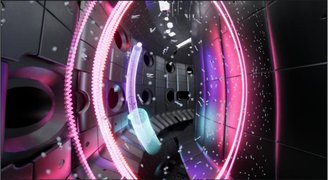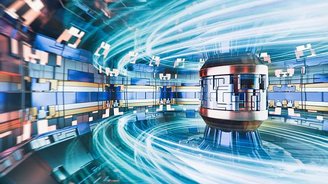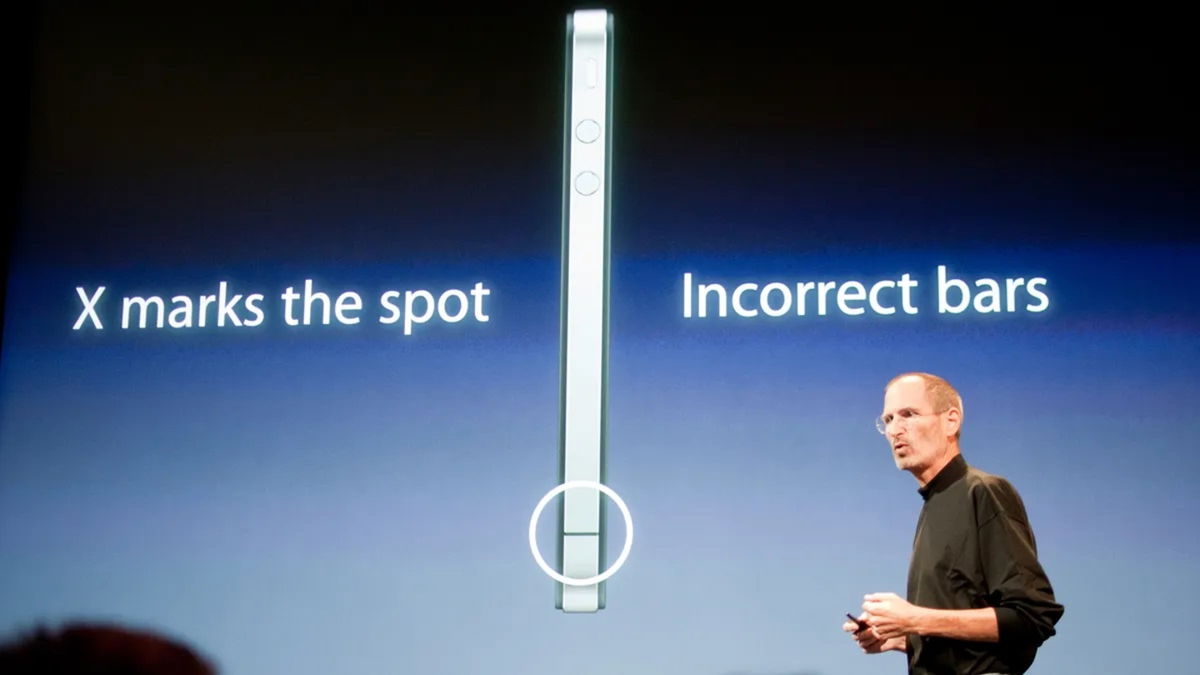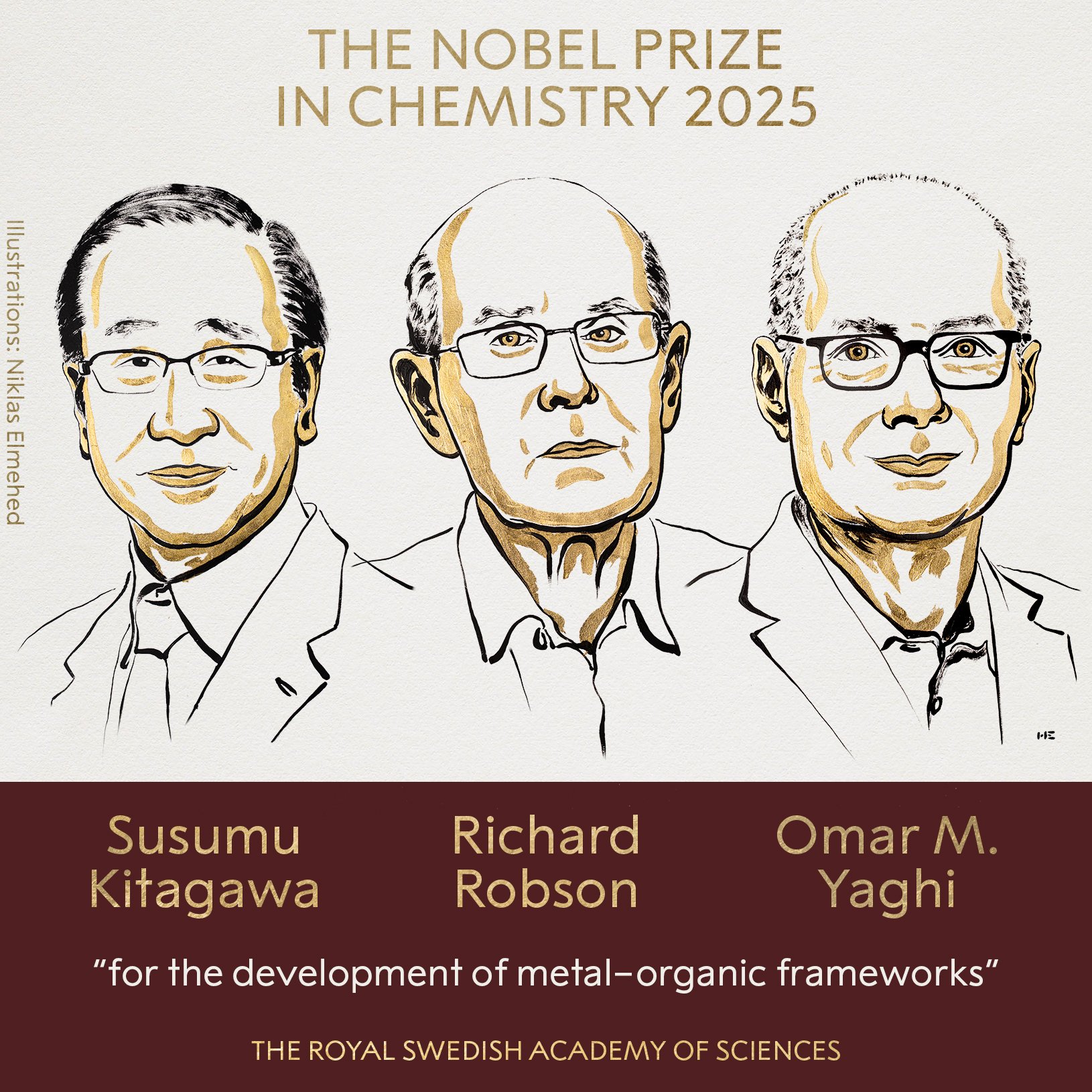Nuclear fusion technology, currently only conducted in experiments and ongoing research projects worldwide, promises to provide clean, abundant, sustainable and safe energy once it becomes commercially viable. It results from the fusion of two light hydrogen isotope nuclei to form a heavier nucleus, a process that releases large amounts of energy.
To be able to hold all this energy released under extreme temperature and pressure conditions comparable to those found in the cores of stars, Giant reactors in the form of giant rings and tokamaks are being builtFilled with magnets, it is necessary to control plasma, the ionized state of matter in which nuclear fusion occurs.
For those who have trouble understanding how this device works (and it does), the Federal Polytechnic School of Lausanne (EPFL) in Switzerland has launched a new study in its Experimental Museology Laboratory (EM+). a program that can produce an immersive 3D viewing experienceIt is based on terabytes of data from tokamak simulations and tests conducted by the Swiss Plasma Center (SPC).
What does the real EPFL tokamak look like?
The experimental reactor at EPFL’s Swiss Plasma Center, used as the source of the new form of visual interaction, is actually TCV, the French acronym for Variable Configuration Tokamak. This means that adjustments to the profile of the magnetic field produced by the magnets allow the shape of the plasma confined within the chamber to be changed.
Purpose of TCV To conduct advanced studies in plasma physics, including the investigation of instabilities in substances composed of ionized atoms.the behavior of different magnetic field configurations and the search for better techniques for confining and heating the plasma.
EPFL’s TCV is a medium-sized tokamak that has been operating since 1992, simulating new ways of conducting studies and experiments in nuclear fusion and creating a comprehensive database (now viewable) that supports scientific knowledge in the field.
The images are so realistic that they show cracks in the tokamak

Visualization created by the Experimental Museology Laboratory It is presented in panoramic format with a height of 4 meters and a diameter of 10 meters.It is a very large and immersive area in a 3-dimensional sense.
The EPFL website says the aim is to take viewers on a “journey” through the interior of the TCV, rendered in “such stunning detail that rivals even the highest quality gaming experience.” To achieve this level of realism, a robot was used to produce ultra-high-precision scans of the inside of the reactor.
“We were even able to detect corrosion of the graphite plates lining the reactor walls that were exposed to extremely high temperatures during TCV tests,” according to EM+ computer scientist Samy Mannane.
The difficulty of producing images of nuclear fusion

The process of creating 3D visualizations begins with SPC engineers providing equations to calculate exactly how quantum particles are moving at a given time. That’s where EM+ researchers come in, combining that data with data from the reactor to produce images.
But all these calculations need to be done in real time.. To create a single image, it is necessary to calculate the paths of thousands of moving particles traveling to each eye 60 times per second, Mannane says.
All this mind-blowing production is then processed on two computers with two GPUs, purchased specifically for the project by EM+. The output from these mega-devices is suitable for presentation on Panorama’s five 4k projectors. The system reflects the latest developments in infographic technology.
Follow the latest developments in physics and science on TecMundo and take the opportunity to share the material with your friends on social media. Until later!
Source: Tec Mundo
I’m Blaine Morgan, an experienced journalist and writer with over 8 years of experience in the tech industry. My expertise lies in writing about technology news and trends, covering everything from cutting-edge gadgets to emerging software developments. I’ve written for several leading publications including Gadget Onus where I am an author.












